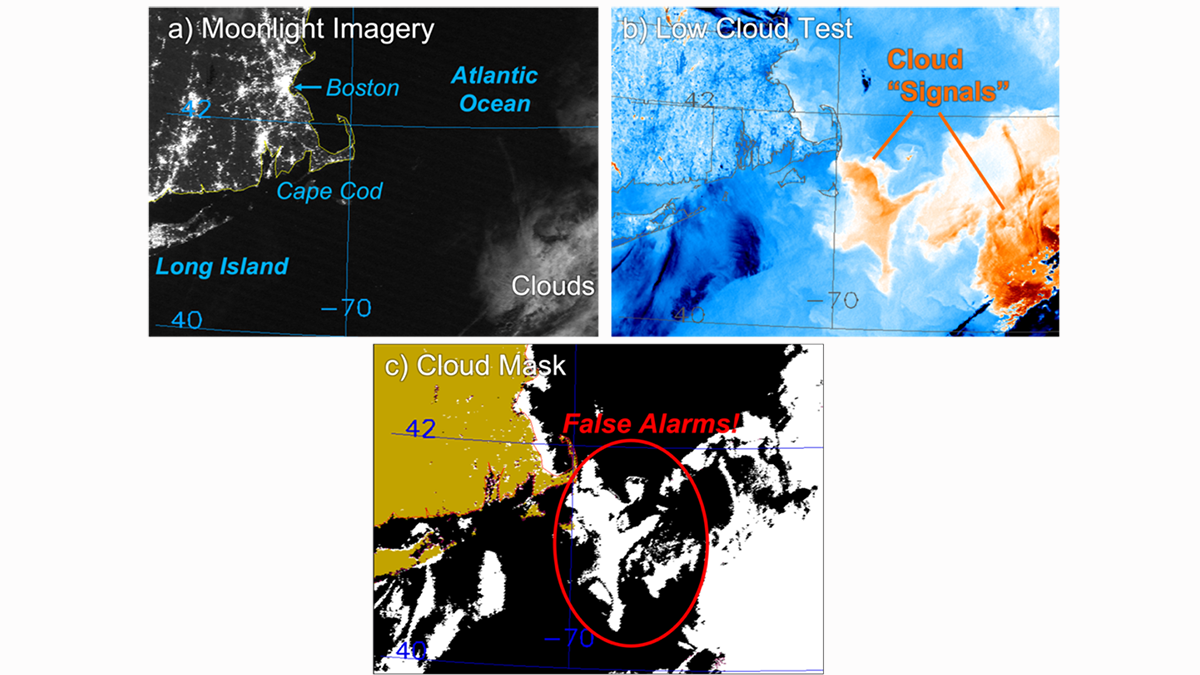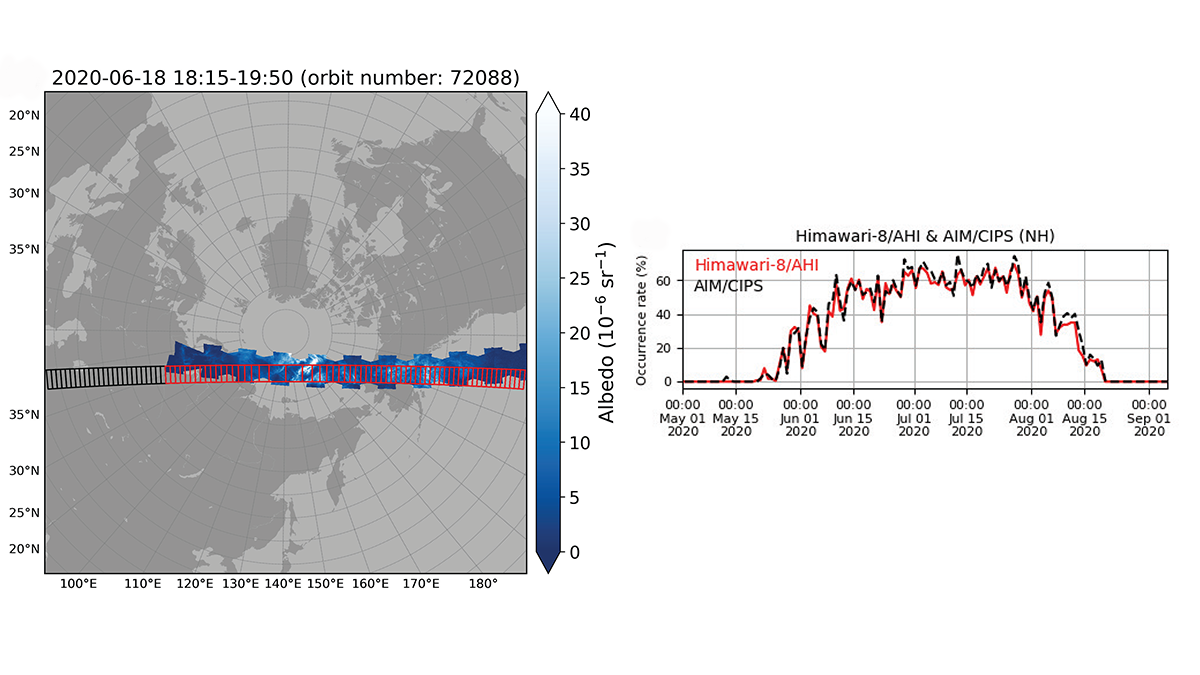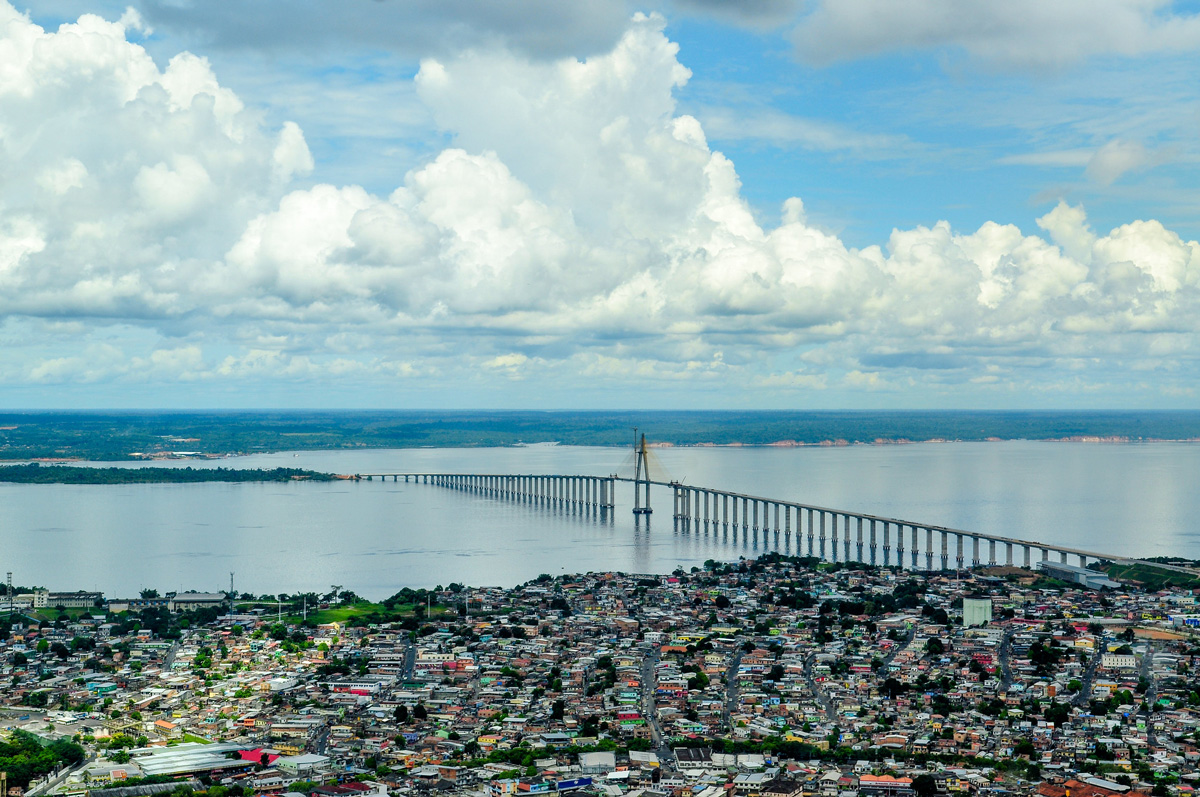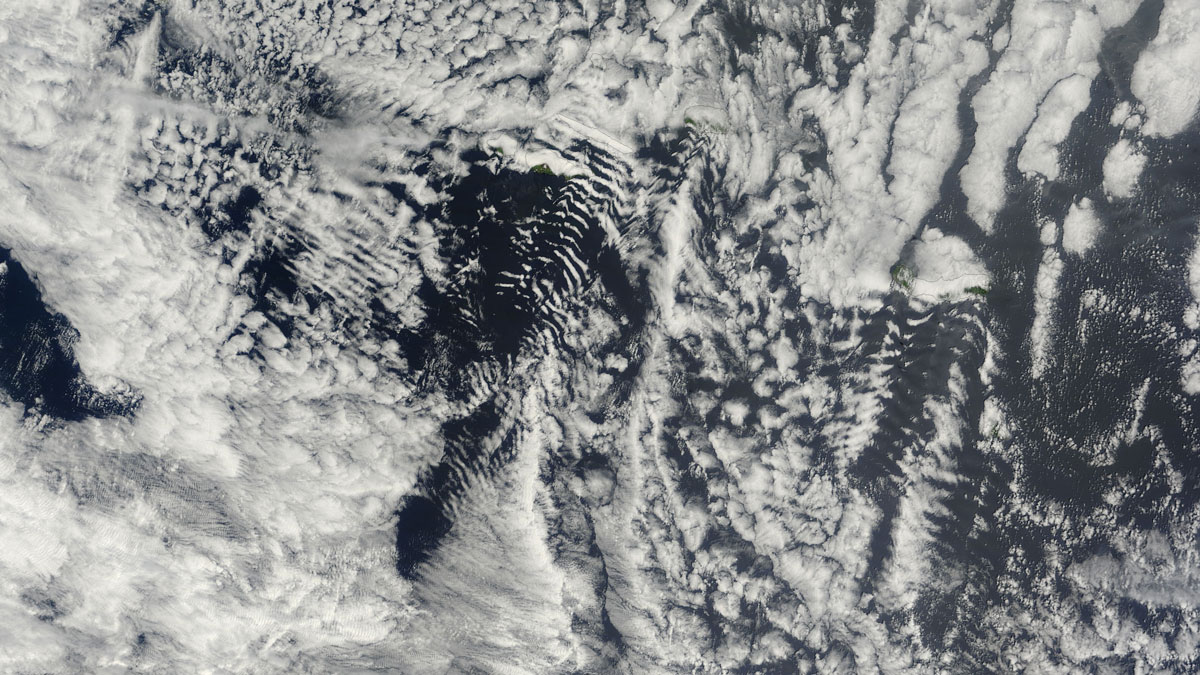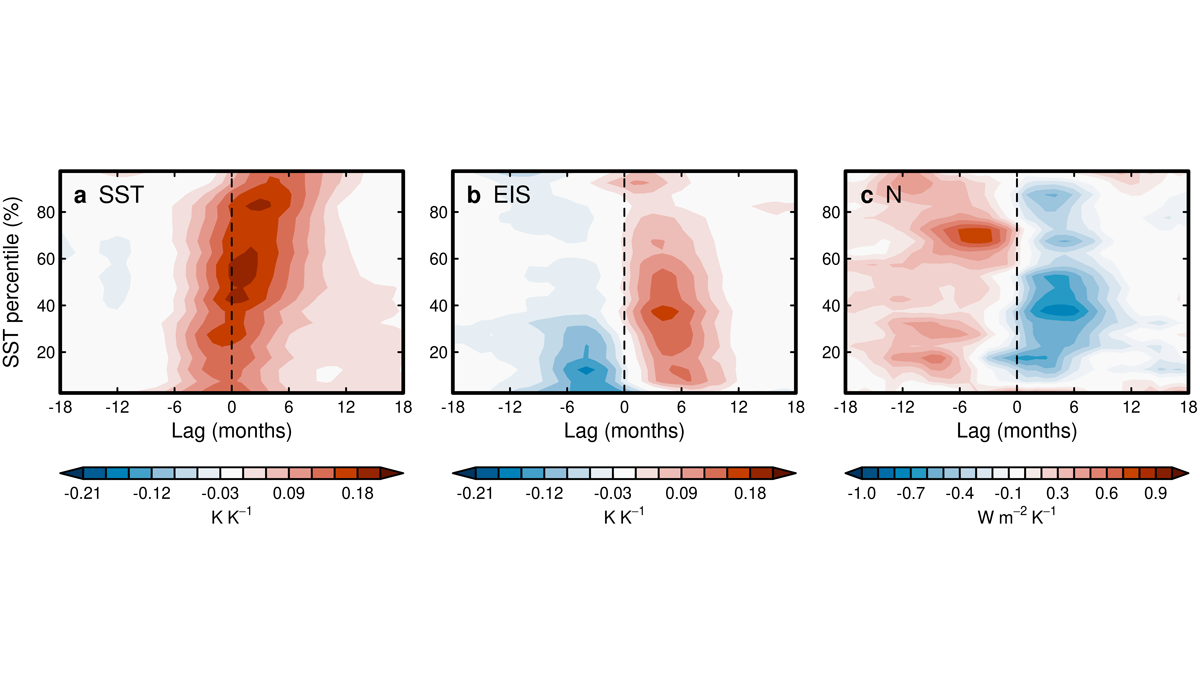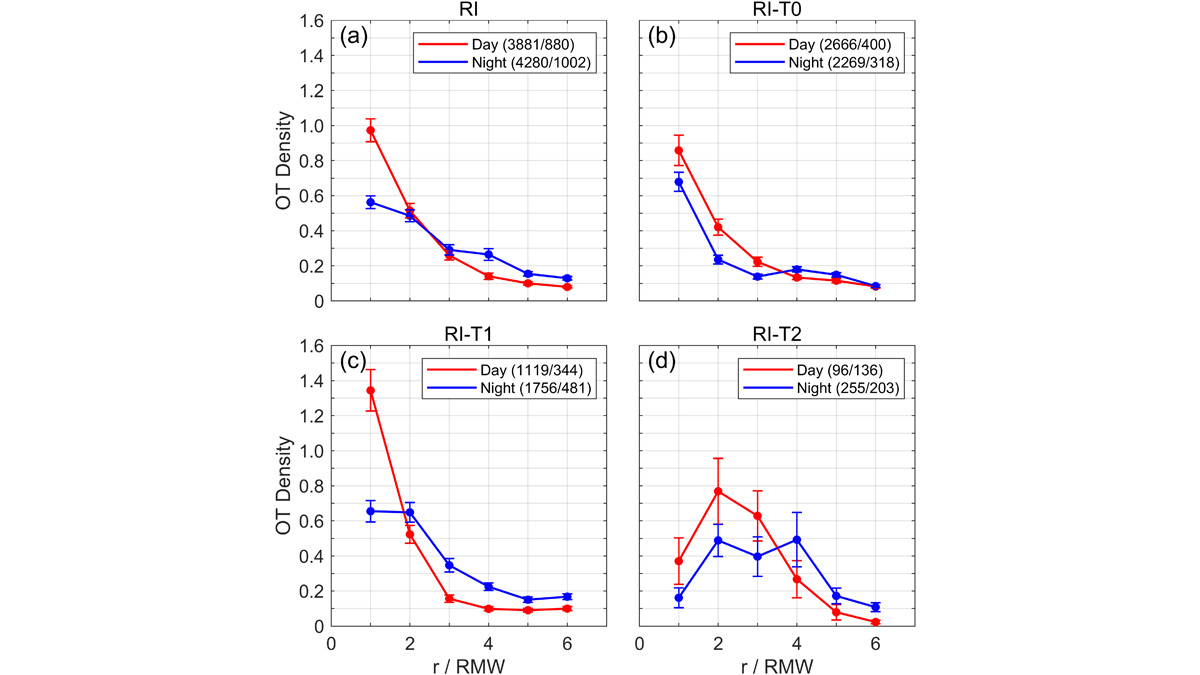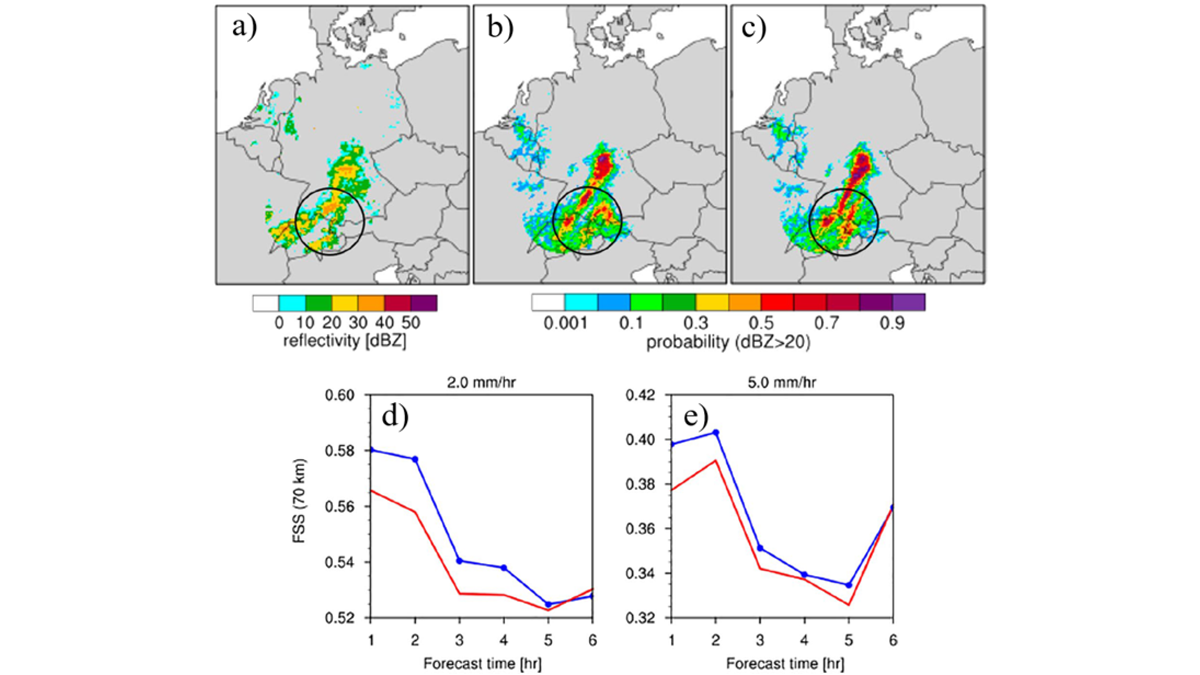Shining light into the dark reveals the unseen, but in some cases, it changes our perception of reality. Through moonlight we learn how the environment tricks our ways of finding nocturnal clouds.
clouds
New Technique Improves Polar Mesospheric Cloud Data Set
A new two-step Polar Mesospheric Cloud detection technique is applied towards the Himawari-8/Advanced Himawari Imager full-disk images leading to a new high-quality dataset.
Ice Begets Ice in the Clouds of the Southern Ocean
Poorly understood ice multiplication processes, not aerosols, may determine the microphysical properties of climatologically important clouds over the Southern Ocean.
¿Cuánto tiempo permanecen las partículas de carbono negro en la atmósfera?
Investigadores descubren cómo el carbono negro evoluciona de partículas hidrofóbicas a sitios de nucleación de nubes, removiendo eventualmente las partículas que absorben calor del cielo.
Pollution Is Disrupting Rain Cycles in the Amazon
A team of researchers in Brazil and the United States uncovered the importance of the mechanism of oxidation—a process with the potential to affect climate and precipitation across the tropics.
How Do Marine Gases Affect Cloud Formation?
By using novel aircraft measurements over the eastern North Atlantic Ocean, researchers shed light on the relationship between common marine biogenic gases and the microphysical properties of clouds.
El Niño-Southern Oscillation and Radiation Two-Way Coupling
Changes in sea surface temperature during ENSO events and radiation are related, suggesting a two-way coupling between sea surface temperature and radiation in coupled climate variability.
Clouds Overshooting Tops and Typhoon Intensity
An examination of the relationship between the diurnal variation of cloud overshooting tops density and typhoon intensity in 45 typhoons, using the Himawari-8 Satellite.
A Transition Zone Below Jupiter’s Clouds
The microwave radiometer aboard NASA’s Juno spacecraft reveals the hidden atmospheric circulations at work deep below Jupiter’s colorful clouds.
A New Way to Represent Microphysical Uncertainty
A new way of representing microphysical uncertainty in convective-scale data assimilation reduces biases in model states and improves the accuracy of short-term precipitation forecasts.

